Next morning started with a trip to Nako. I had little interest in the place but thought might as well see it while in the vicinity. A woman requested her to drop her grandson to the village school, so that was another reason. Strangely, the children learn Hindi and English, but no local language in school. The drive took only a few minutes but we spent more time finding the space to park. The village is overrun with hotels, guest houses and similar buildings. Nako lake is another big disappointment. It is more like a dirty green pond rather than a lake. We saw it for a minute and went back to the car immediately.
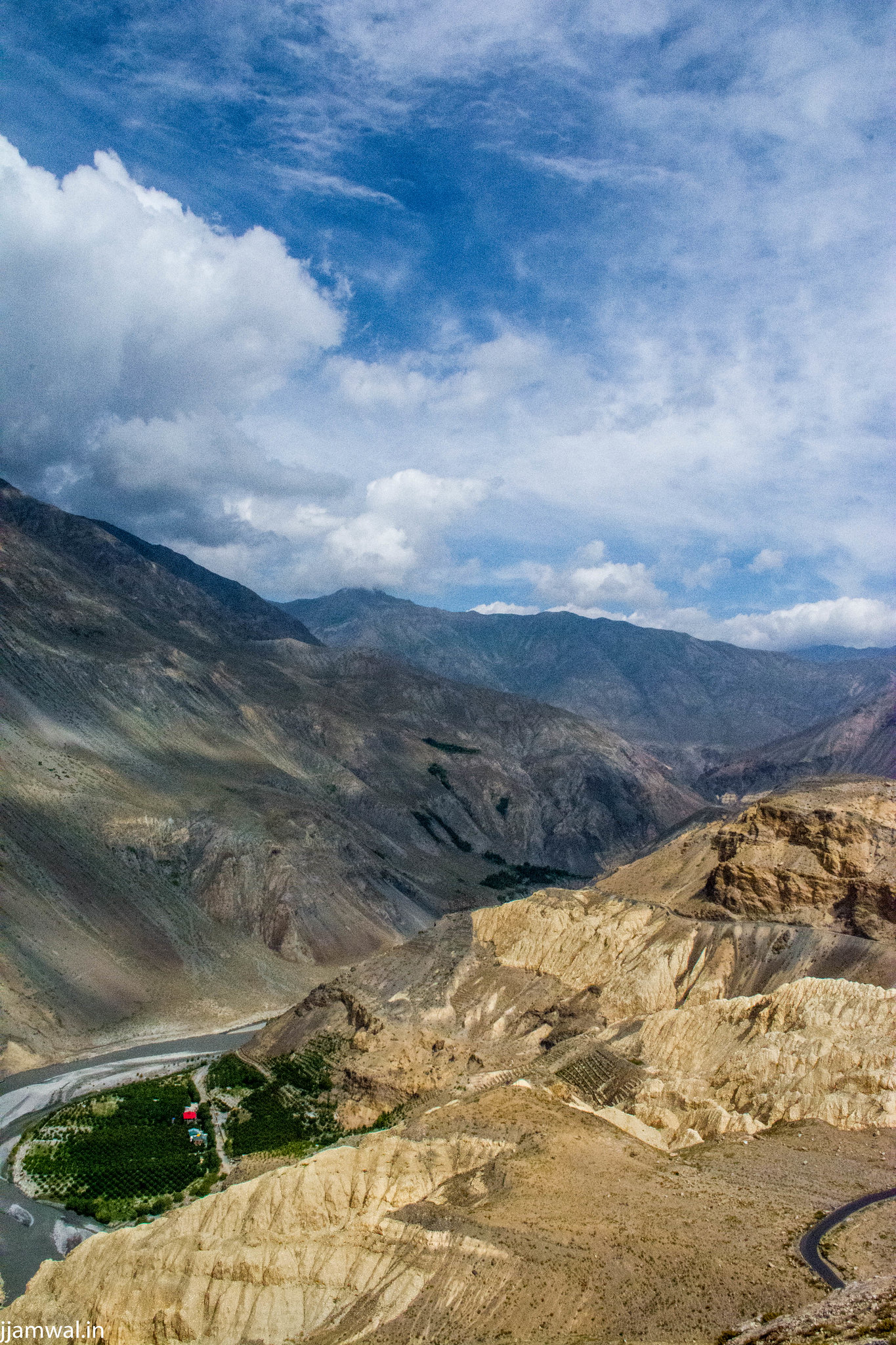
After a few minutes of driving, we had to stop again due to traffic slowing down due to a small landslide. There were a few workers, I think from BRO (Border Roads Organisation) managing traffic. I came to know that that particular section collapsed only a few days later cutting off the traffic for a week, probably more. The mountains just after this section were very colourful and diverse and a lot of tourists were stopping every now and then to take photographs. After a while, we had to drive down the mountain and travel along the river. We passed a few small villages on the way and stopped at Tabo for some rest and lunch. It seemed mostly empty with only one tourist in sight and most locals inside their homes or probably in their farms. We had lunch in a small dhaba full of dogs and flies. Tabo monastery is quite old (996 AD ) but has a few new structures including a hostel, eating joint and new gompas etc.
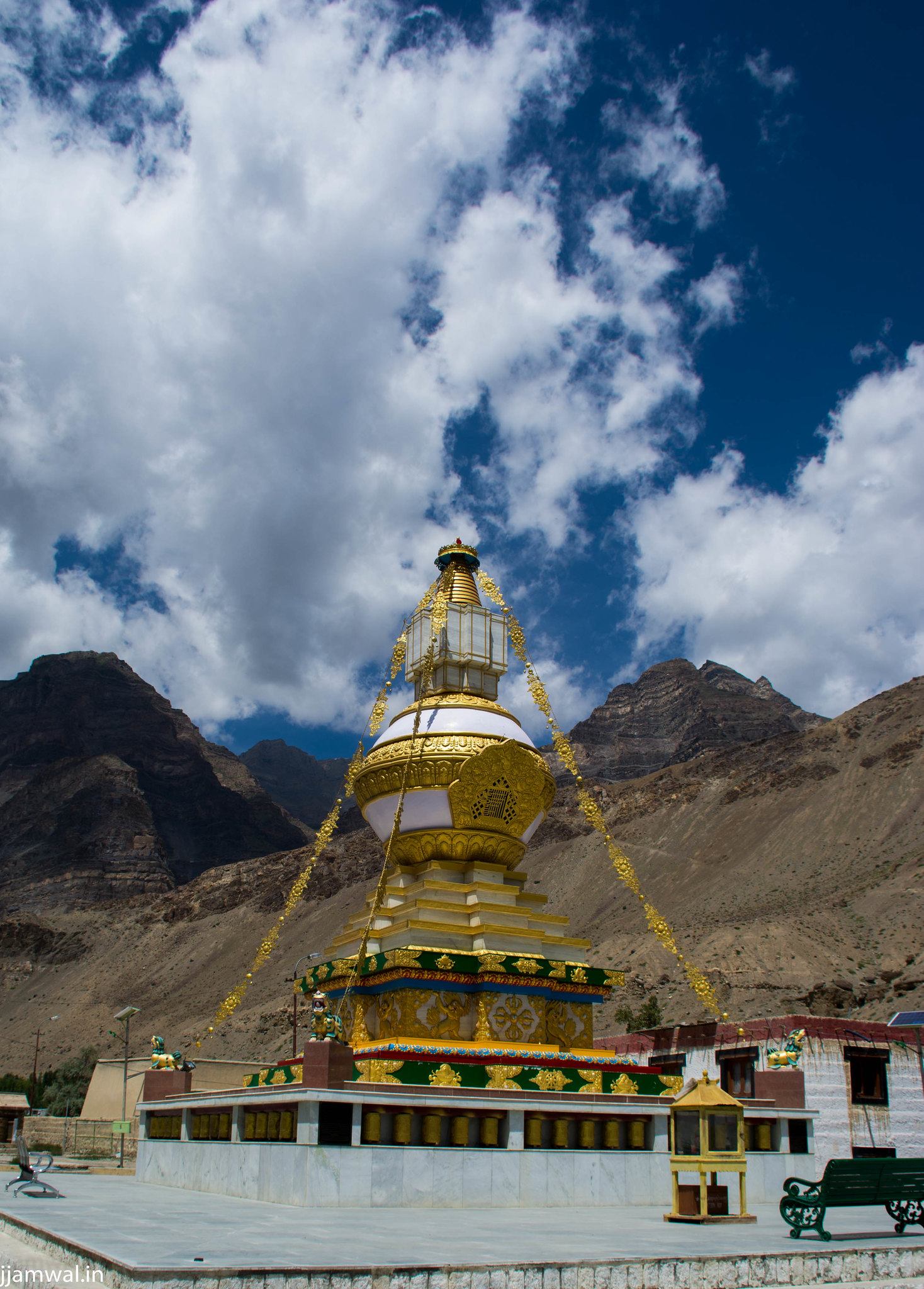
The sun was so strong that most pictures came up way too over exposed on almost every normal setting. There was a small Buddhist temple that we saw first. Then a big hall with some paintings and sculptures. It was very dark inside and it took some time to adjust. There were a bunch of paintings and sculptures representing different characters of their mythology. I don’t know much about this so I can’t really say anything about that. They were selling some posters, tshirts and some other souvenirs. I considered getting a small poster, but there was no practical way to carry it back home. Photography was prohibited inside so there are no pictures. There are a bunch of caves only a few meters from the main roads which were used by monks as a quiet place to pray and meditate. I don’t think that they can be used for this anymore. There are a lot of hotels and guesthouses in Tabo too and more coming up. Another peaceful place going down the gutter.

We kept on driving and passed the road leading to Pin valley. We had no exact plan for the day and I was considering visiting Pin valley on this trip. But eventually decided against it. I had already seen some of it the last time and wanted to leave some for the next time. Next we stopped at a point just below Dhankar village. From there a few white buildings, presumably some part of the monastery and houses were faintly visible. View from Dhankar village is very good, it was nice to see it from the other side too. We then drove non-stop to Kaza and halted at Jamaica’s hotel there. He was still in Chandrataal and scheduled to come next day or day after that. I didn’t want to stay in Kaza waiting for him. We got some fuel from the pump there and moved on to Kibber. Most of Kaza was empty at the time as a lot of tourists were stuck near Lohsar due to cloudburst as mentioned in previous post. The bridge was open for traffic when we passed it next afternoon. There were a lot of stones and mud on it, but it was not holding up the traffic as it was doing before.

On our way to Kibber, 3 local women asked for a lift and gave us some of the dried apricots to eat. We reached our guest house at around 2 pm. There were a lot of teenagers in the guest house. Later the staff told me that the group was led by famous Indian mountaineer Bachendri Pal. They were going on a 3 day trek to a nearby pass. Fortunately, there was still a room available. After lunch, I still had 3-4 hours of day light left. I asked couple of locals if it was possible to make a quick hike to Gete and come back. Their replies were quite confusing. For people who don’t know, Gete is a very small settlement of 4-5 houses with great view of Kii monastery and Spiti river valley. I filled up my water bottle and camera and started on foot. The fields just behind the guesthouse were watered by a small stream coming from the general direction of Gete. So I followed the water for a while till it became too hard to walk alongside.
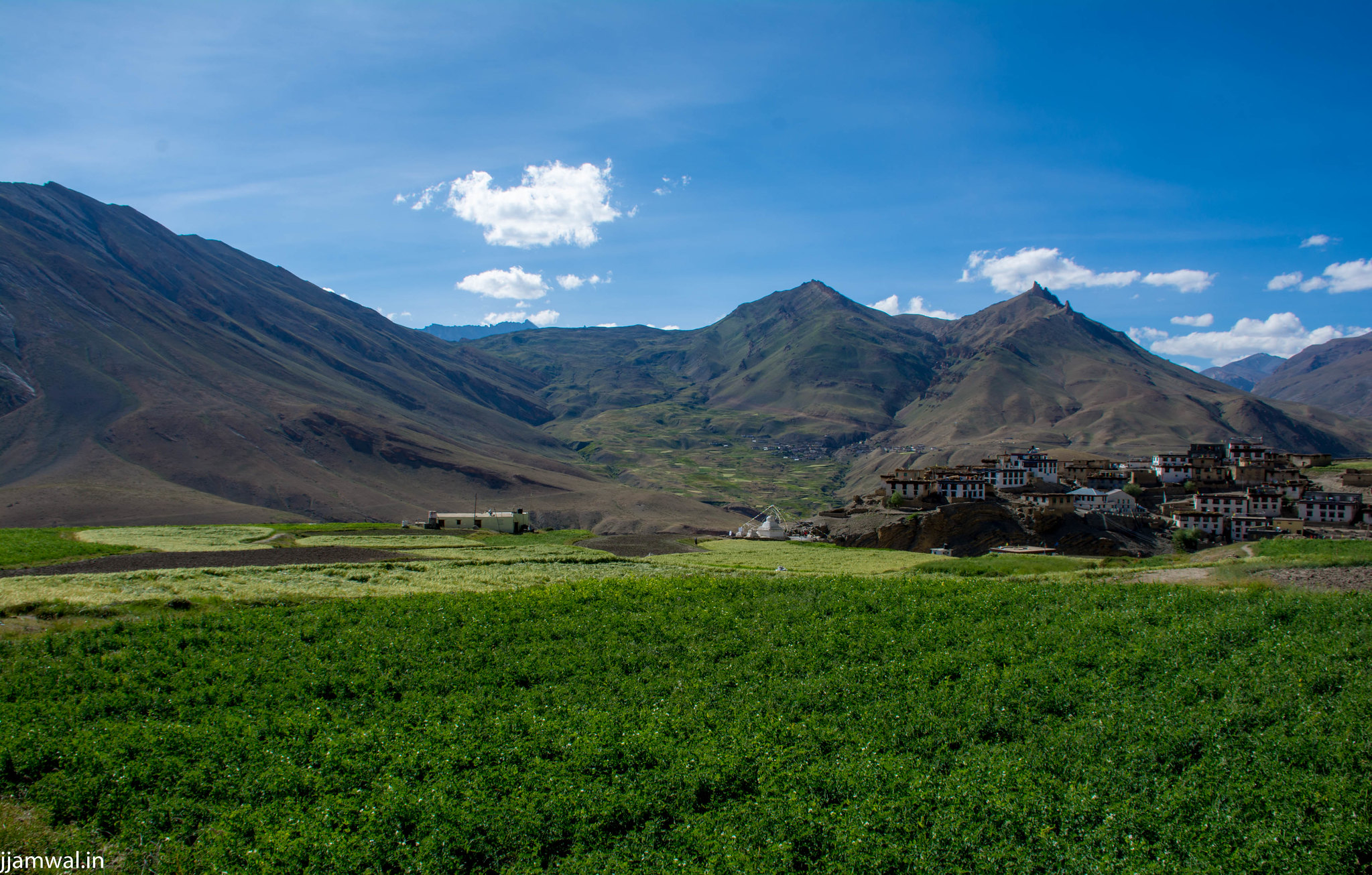
Apparently, locals in Lahaul Spiti region offer horns of animals like goat and perhaps ibex as offering to some gods or maybe spirits. There was a small white temple like structure full of such horns in middle of the fields and in many other places. There were few women working in their pea farms but it didn’t seem like the plants were ready for harvest yet. The rolling hills had a dirt path used by cars but I used shortcuts. It seemed like I was getting used to hiking in the high altitude. A light breeze was blowing when I started the hike. But it turned in to a almost a full fledged gale by the time I could see my destination in the distance. Whenever I was standing still, I could see my heavy DSLR swaying with the wind. Thankfully there was no dust, otherwise it’d have been very difficult. Whatever little I understand of this phenomena, sun heats up the air trapped in small river valleys and when it starts to go down in evening, the cold wind rushes down displacing the hot air almost violently. There were a few prayer flags on the ledges every now and they looked ready to break free and take flight any moment. While I was standing on top of one ledge, I heard someone shouting but there was no one in sight. Maybe wind carried the voice from afar.
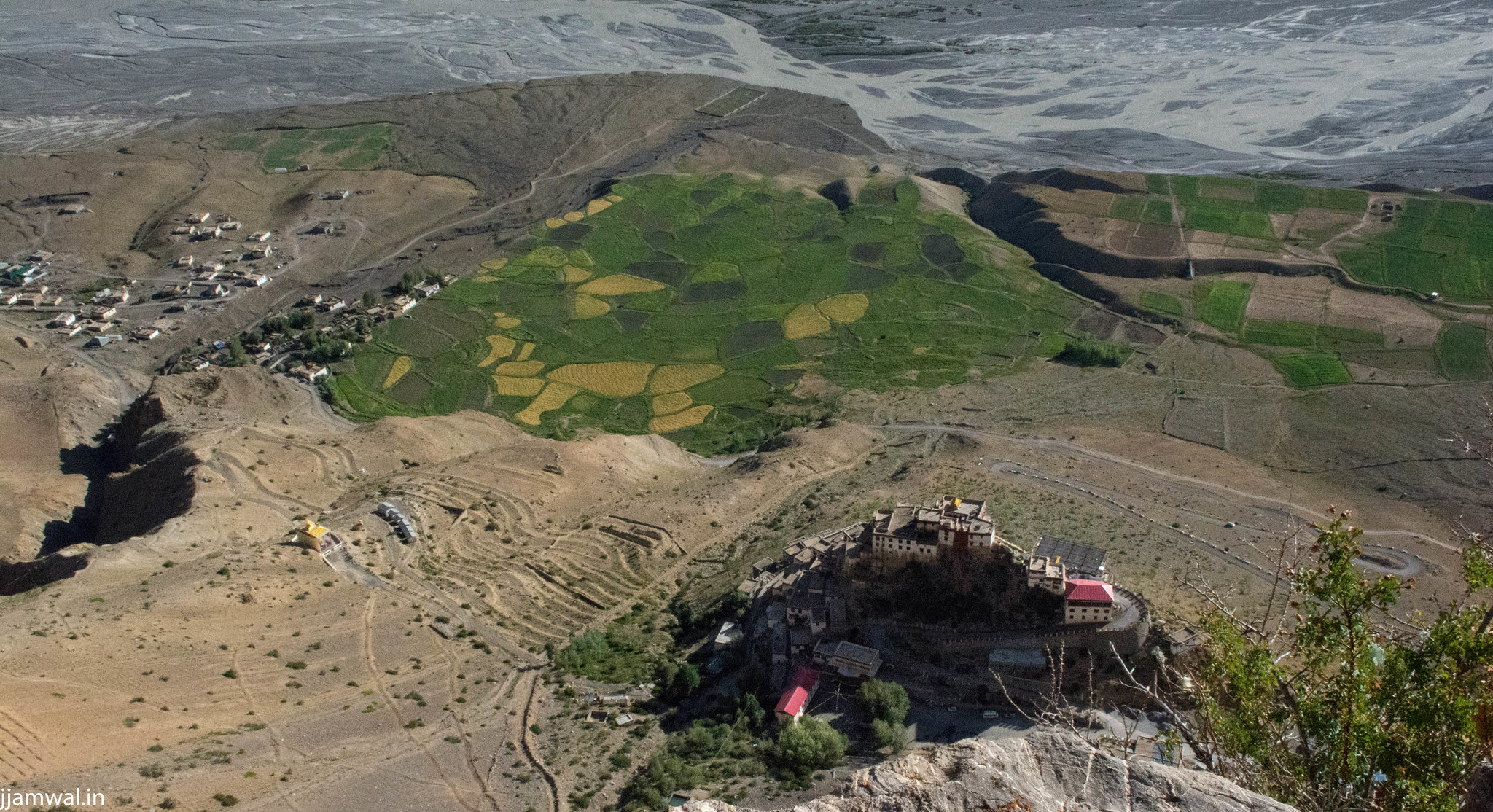
Eventually I reached Gete with a view of Kanamo peak behind it and it was just as quiet and picturesque as it was last time. Took a few pictures of the village , valley and the monastery below and started to walk back to the guest house. Then a foreigner couple drove up on a scooter and said hello. They had seen me coming down from the ledge and asked if there was something to see there. While coming back, I took a slightly different route and ended up on a nearly straight drop of around 10 meters just above the road leading to Kibber. But managed to climb down slowly one step at a time. The hike had tired me out but it was a nice use of the time. I had a hot shower, my last for rest of the stay in Lahaul Spiti and had dinner soon after. The wind at the time was not strong but was cold enough that everyone was wearing jackets, caps etc. I noticed a very large and dark patch on my left leg in evening. I was wearing shorts for the last 2 days and the sun was directly on top of my left knee while I was in the car. That left me with a dark sun burn patch and it is still quite dark even after more than 5 weeks. There was more sunburn on my face and arms later but this was the worse of it.
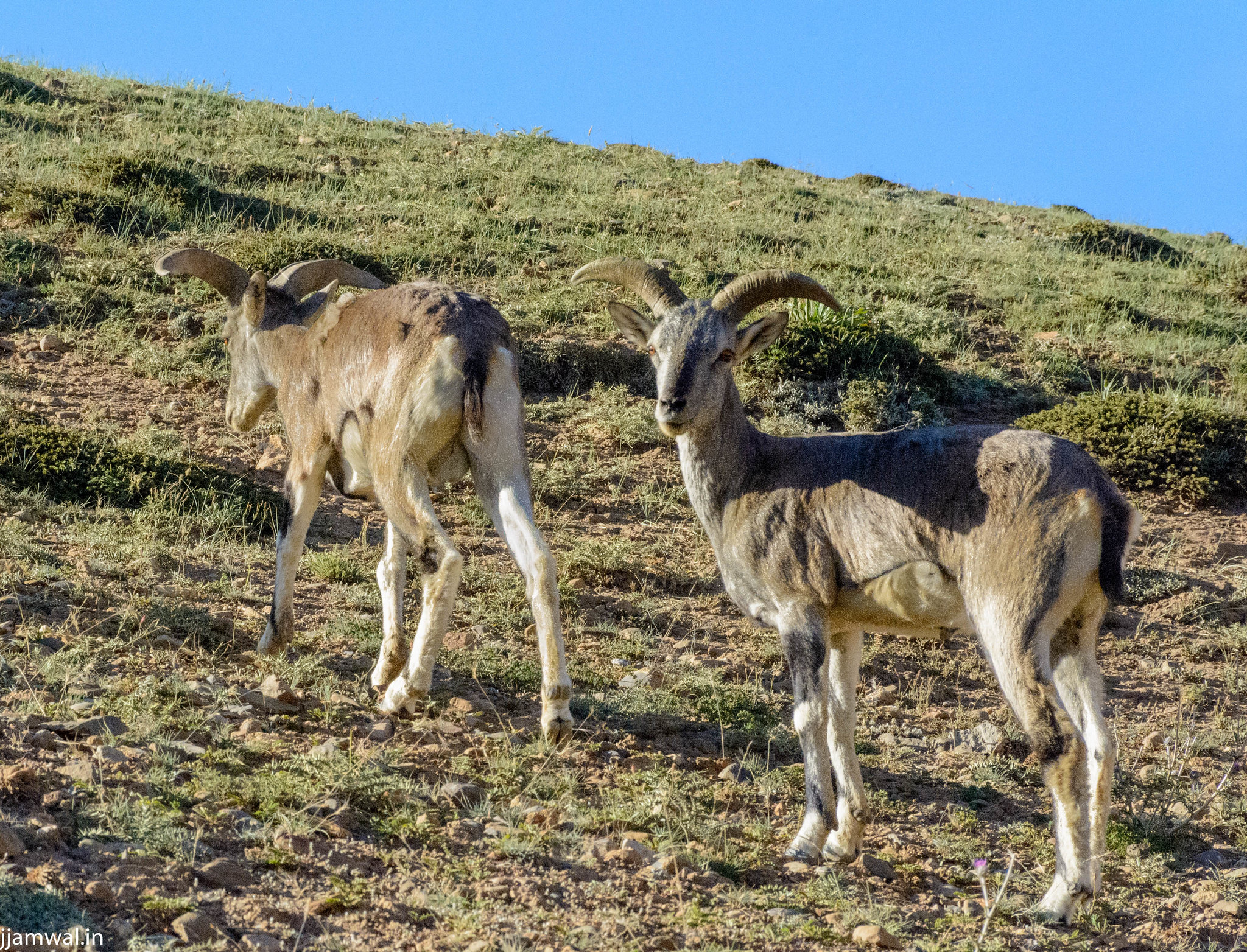
Once back at guest house, I switched on the geyser and waited for one hour to get the water hot. Still had to bathe with cold water. Slept soon after dinner. Our journey next morning began with a quick visit to Tashi Gong village. After driving for a few minutes we saw a herd of Blue Sheep consisiting of 16-20 animals. They didn’t seem to be particularly afraid and kept on grazing and staring at us alternatively. TWe another smaller herd a few I had mistakenly assumed that the same road led to Langza too. So it was a bit of surprise when the road ended a few kms after passing Tashi Zom instead of going on towards Langza. So we drove to Tashi Gong and stopped there. I was hoping that the “guest house” we had visited last time would be open. The village had changed very little from the last time. The owner had another child this time, a boy along with the girl from last time. We asked for some chai and they started cooking full meal for us instead. We hardly had the appetite for that kind of food early morning and VK was hardly the type to eat something different from his usual daal roti chawal thing. Finally, we settled for some rotis with eggs and jam. For some reason, white flour is gaining popularity in the region even as rest of the people slowly stop using it. But the rotis were thicker and tasted different.

There are 4, maybe 5 children in the village and a teacher runs special classes for them. Another new thing was people using electric churners to make butter. Earlier they used to do it manually in leather bags. This time, they had attached churner to a plastic container. It is less tiring and probably faster. Even the Gaddi shepherds I met later were using plastic cans to churn butter instead of leather bags just 4 years back, but atleast they were doing it by hand. More on that maybe later. We took leave from the family and started drive towards Chandrataal. Instead of passing through Kaza, we passed through Chicham via the brand new bridge inaugurated just a few days before. Two years back, I was dangling in the rope way’s trolley hundreds of meters above the gorge. It was sitting just beside the bridge looking sad and discarded.

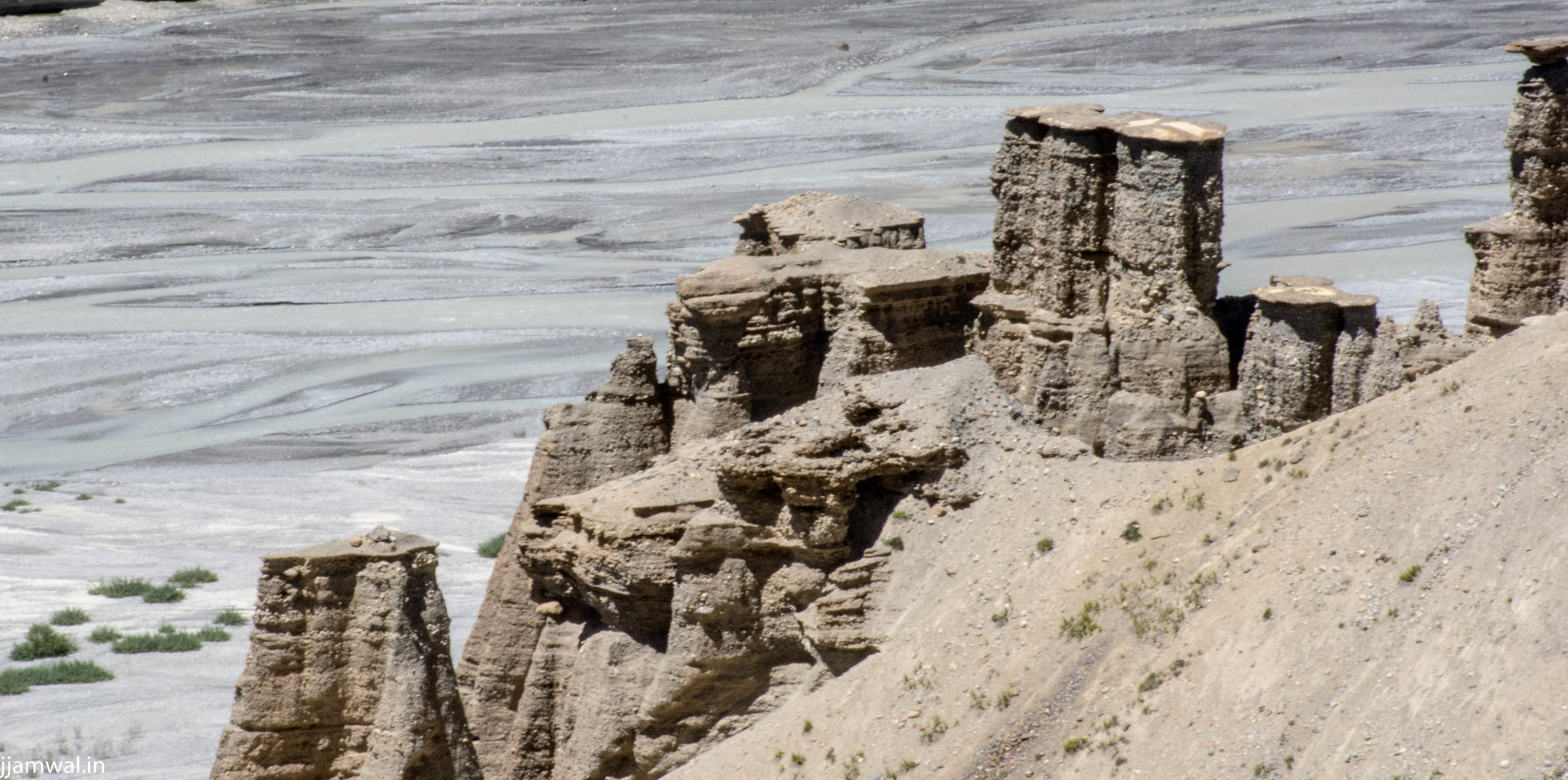
Drive from this point onwards was mostly unremarkable for me with lots of familiar sights and a few new. The much feared and talked about flooded nalah in Losar was dry by the time we reached there. I was prepared to spend a night in Losar in case it was still flooded. But the bridge was open for traffic and we passed it easily and stooped at a dhaba near police check post for lunch. Our last stop for the day was at Chandrataal campsite which looks worse with every passing year. Too many greedy campsite owners and too many stupid tourists. Jamaica was surprised to see me . He was not expecting me for atleast 1-2 more days. After some chai, I tried to set up my tent with his help. It was much easier than it seemed earlier. My first attempt in Delhi was not successful. High humidity and hundreds of mosquitoes had forced me to abandon the attempt within minutes. So I was slightly worried if the tent would work properly or not. Thankfully, we were able to set it up without much difficulty. There is not much else to talk about about this day after this. More in next post.
Previous Post: Kinnaur Lahaul Spiti Trip 2017: Ropa Valley and Leo